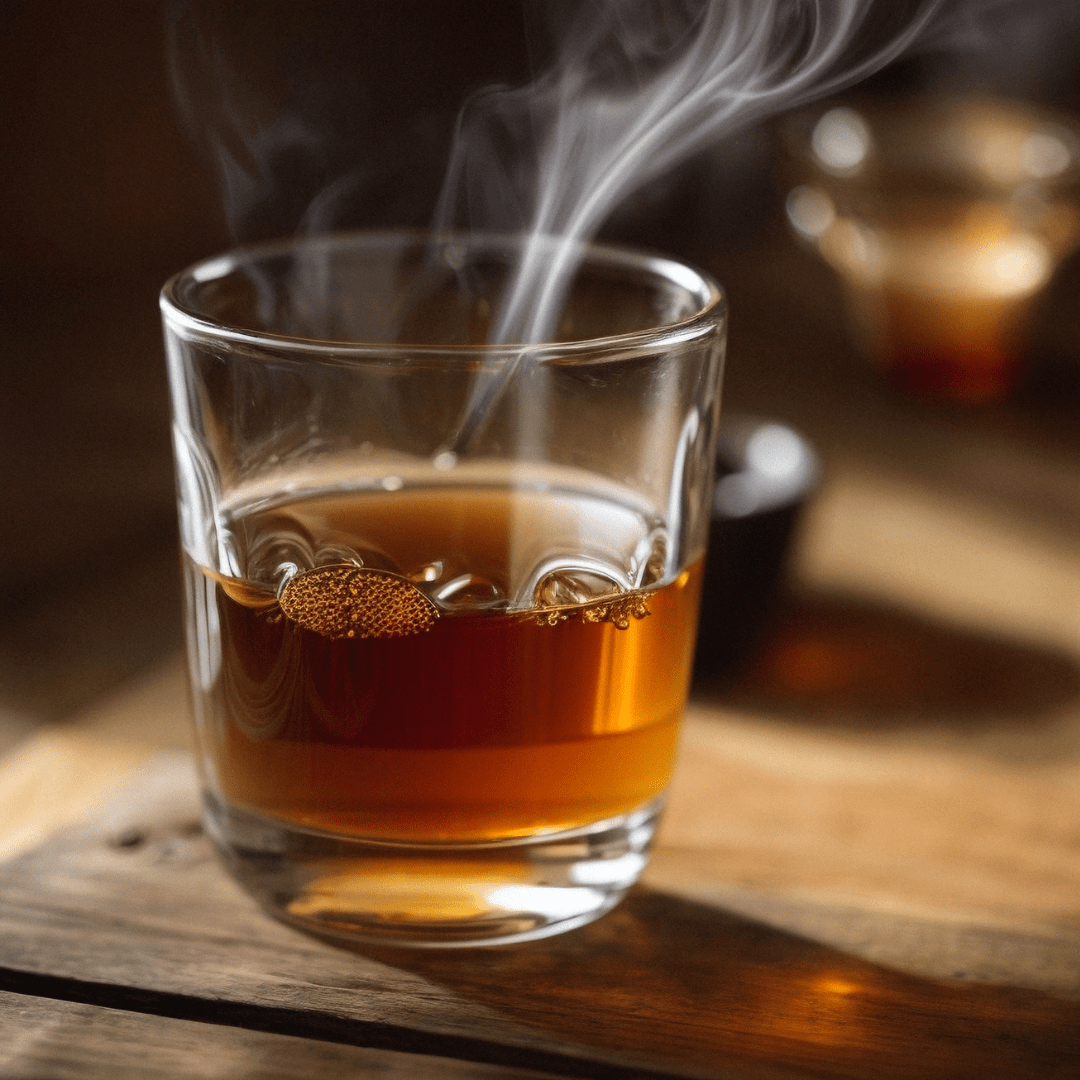Earl grey is a widely known tea for its unique flavor and characteristics across the globe. Did you know earl grey tea is a black tea leaf that is flavoured with oil from the rind of bergamot orange? The bergamot orange is a citrusy fruit with a fragrance and flavor similar to lemon, lime, and bitter orange. This gives Earl Grey its unique floral and slightly tart notes. While black tea is most commonly used to make earl grey, variations of Earl Grey made with green or oolong tea leaves also exist. Earl Grey can be enjoyed hot, iced, or as a latte, making it a versatile choice for tea enthusiasts.

ORIGIN OF EARL GREY
Early roots of Earl grey tea can be traced back to the 19th century, named after Charles Grey, the 2nd Earl Grey and British Prime Minister. Legends claim that the Earl was gifted this special blend by a Chinese Mandarin as a gesture of gratitude after one of Grey’s men saved his son from drowning. Another theory suggests that bergamot oil was added to tea as a means to offset the mineral taste of hard water in Grey’s residence.
Though the exact origin remains a mystery, the blend was introduced to the UK in the 19th century and quickly gained popularity, thanks to its distinct aroma and taste.
EARL GREY’S FLAVOR

Earl Grey Tea is one of the most beloved varieties of Black tea. The unique taste of this tea comes from the infusion of oil of bergamot, a citrus fruit that imparts a signature aroma and flavor. With its roots in the family of black tea which is known for its strong flavor and higher caffeine content, which allows infusion of the flavors perfectly. Earl Grey tea often shows gentle sweetness and a hint of bitterness.
CAFFEINE IN EARL GREY
Earl Grey tea, with its blend of black tea and bergamot oil, contains a moderate amount of caffeine. But for people who want to reduce their intake of caffeine but do not want to compromise on their Earl Grey tea, they can opt for Decaffeinated Earl Grey Tea. This variant has most of the caffeine removed while retaining the distinctive flavor of bergamot.
HOW TO MAKE EARL GREY TEA

Like other teas, Earl Grey’s recipe is also easy and very simple, to make a perfect cup for oneself.
You would require:
- A Teapot
- Earl Grey Tea Leaves
- Water
PROCEDURE
- Start by boiling the fresh water, the ideal temperature recommended for Earl Grey Tea would be 93*C.
- If using loose tea, measure 1 teaspoon (2 grams) of Earl Grey tea leaves per 8-ounce (240 ml) cup. If using a tea bag, one tea bag is sufficient for an 8-ounce cup.
- Place the tea leaves in a teapot or directly in your cup if using loose tea. If you’re using a teapot, you might want to pre-warm it by rinsing it with hot water to help maintain the brewing temperature.
- Make sure tea is completely in. Pour the hot water over the the bag
- Let the tea steep for 4-5 minutes.
- If using loose tea, strain the tea into your cup to remove the leaves. If using a tea bag, simply remove it from the cup or teapot.
- Your cup is ready to be enjoyed.
TYPES OF EARL GREY TEA
Earl Grey Tea is known for its versatility and unique blends, Here’s a more comprehensive list of Earl Grey types, including some unique and innovative twists:
- Classic Earl Grey
The truest blend of black tea and bergamot oil.Its known for its Robust flavors
- Earl Grey Green Tea
Here green tea is used instead of black tea, it offers a soothing taste of green tea with hints of citrus flavors.
- Earl Grey Lavender
A blend that shows dried lavender flowers in addition to bergamot. This version adds a floral and aromatic dimension to the traditional Earl Grey.
- Earl Grey Spices
In this type the tea is blended with spices such as cinnamon, cloves, or cardamom, this version adds a warm, spicy twist to the traditional Earl Grey.
CONCLUSION
Earl Grey Tea holds a unique history and along with it is considered as an aromatic beverage. Whether you enjoy it in its classic form or prefer one of the many modern twists, Earl Grey offers a delightful and sophisticated tea experience